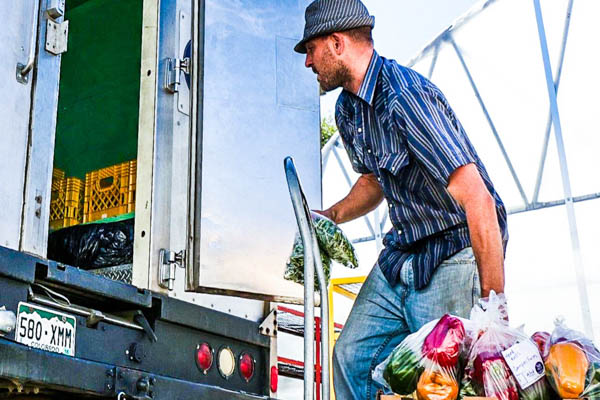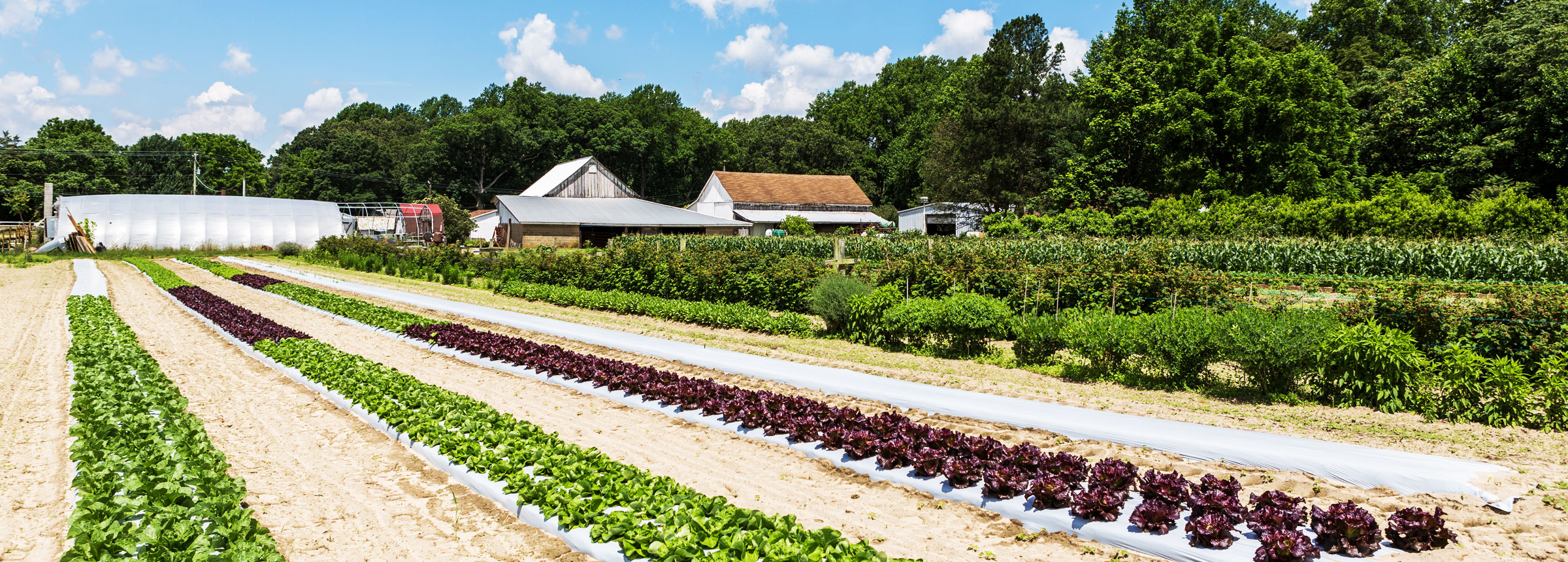
Adding a Human Touch to the Food Value Chain
By John Fisk, Director, Wallace Center
How many times have you heard that people are an organization’s most valuable resource? Turns out they make a big difference to the food value chain, too — in a surprising new way.
The Wallace Center at Winrock International has been working closely with the U.S. Department of Agriculture to support 10 new value chain coordinator positions across the country as part of the Food LINC initiative. The coordinators will connect farmers to buyers and build understanding and relationships between local food processors and hospitals, schools, restaurants and others.
Like the connectors described by Malcolm Gladwell in “The Tipping Point,” these coordinators have a special ability to bring people together — integral to the success of food value chains.
One of the new coordinators, Sarah Fritschner of Louisville, Ky., does everything from persuading a national food manufacturer based in Louisville to use local food in his products to working with schools that are helping kids better understand what they eat.

In recent years, both the public and private sectors have invested in food hubs, food processing businesses and distribution networks to expand opportunities for small and mid-sized farm and food entrepreneurs. This support has helped chip away at the infrastructure gap for local and regional foods.
But the value chain coordinators add something new. They are part of a “soft” infrastructure — people on the ground who can build relationships with farmers, processors, distributors and buyers and put the pieces of the puzzle together in a way that hasn’t been done before.
The Wallace Center will develop a community of practice and create new knowledge about value chain coordination. It will document the work in each region and share best practices with organizations interested in starting similar programs in their communities.
It’s a bold new step that harkens back to a very old model — one where communities shaped their own economic destinies and people knew and appreciated the food on their table because they grew it themselves.
Related Projects

